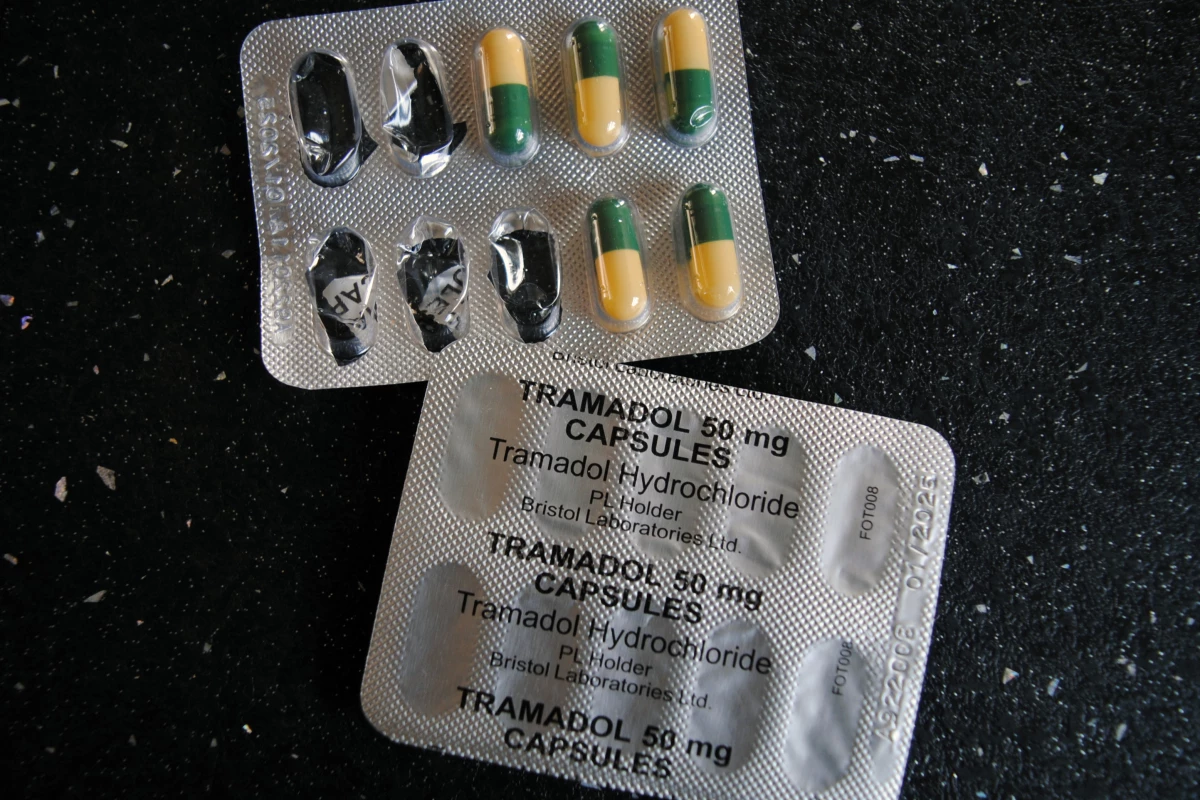A review of existing research has found that tramadol’s pain relief benefits are minimal and may be outweighed by serious side effects, challenging the drug’s reputation as a “safer” opioid option for treating chronic pain.
As a synthetic opioid, tramadol is often prescribed for moderate to severe pain because it’s thought to be less addictive and carry fewer risks than other opioids. Partly due to this belief, tramadol use has skyrocketed in recent years, while evidence is growing about the drug’s addiction risk and its effectiveness as an analgesic.
While earlier reviews have assessed tramadol for specific conditions such as osteoarthritis or neuropathic pain, a new study by researchers from Copenhagen’s Rigshospitalet and Zealand University Hospital is the first systematic review and meta-analysis to examine its overall effectiveness and harms across all types of chronic pain.
“Although tramadol has been included in previous systematic reviews, these have either assessed opioids as a class or focused on specific conditions,” the researchers said. “However, these reviews were condition-specific and limited in scope, and none provided a comprehensive evaluation of tramadol’s efficacy and safety across chronic pain conditions.”
Nineteen randomized clinical trials comparing tramadol to a placebo were analyzed, covering a total of 6,506 adult participants with chronic pain lasting at least three months. Conditions included osteoarthritis, back pain, fibromyalgia, neuropathic pain, and cancer-related pain. The researchers assessed pain intensity, quality of life, serious and non-serious side effects, depressive symptoms, and drug dependence. They used rigorous statistical methods to judge the certainty of the evidence.
Across 13 trials that measured pain intensity, tramadol produced a mean reduction of 0.93 points on a standard zero-to-10 numerical rating scale compared to placebo. While this difference was statistically significant, the researchers had set a “minimal important difference” (MID) of 1.0 point; the smallest change that patients are likely to notice or find meaningful. Tramadol did not reach that threshold, suggesting that its pain-relieving effect is clinically trivial. Only about 7.5% more people taking tramadol experienced a meaningful improvement in pain compared to those given a placebo.
The review found moderate-certainty evidence that tramadol users were more than twice as likely to experience a serious adverse event, such as cardiac problems or newly diagnosed cancers, though the researchers noted the short duration of the trials (mostly under 16 weeks) meant a causal link to cancer couldn’t be confirmed.
Tramadol also increased the risk of numerous non-serious side effects, including nausea (1 in 7 people affected), dizziness (1 in 8), constipation (1 in 9), and sleepiness (1 in 13). Other common issues included vomiting, itching, sweating, insomnia, and loss of appetite.
Three studies reported withdrawal symptoms when tramadol was stopped, indicating a risk of physical dependence, while no clear evidence of abuse or misuse emerged from the limited data. Two studies looked at depression outcomes, finding no significant difference from placebo. Likewise, results on quality of life were inconsistent and could not be pooled due to differences in how they were measured.
The researchers caution that most of the included studies were at high risk of bias, meaning the reported benefits may be exaggerated and the harms underestimated. Even so, the consistency of adverse event data and the weak pain reduction make a convincing case that tramadol’s harms outweigh its benefits.
While tramadol remains the go-to option for many chronic pain patients, this new analysis paints a sobering picture: the drug’s modest benefits don’t justify its risks. For most patients, especially those with long-term pain conditions, non-opioid treatments or integrated pain management approaches may offer safer and more sustainable relief.
The study was published in the journal BMJ Evidence-Based Medicine
Editor’s note (Nov. 10, 2025): After publication, we received correspondence from Prof. John Bumpus (University of Northern Iowa) arguing that tramadol may provide greater benefit in some patients than is reflected in the Barakji et al. meta-analysis, particularly when genetic differences in tramadol metabolism are taken into account, and that the apparent increase in cardiac events is based on very small numbers. We’ve reviewed these points alongside the original BMJ Evidence-Based Medicine paper. While we agree that tramadol can be an appropriate option for carefully selected, closely monitored patients and that individual responses vary, the overall conclusions of the review – that average pain relief is modest and serious adverse events are more common with tramadol than with placebo – remain supported by the evidence. The article should therefore be read as a summary of population-level trial data, not as a directive against tramadol use in all individual cases.





